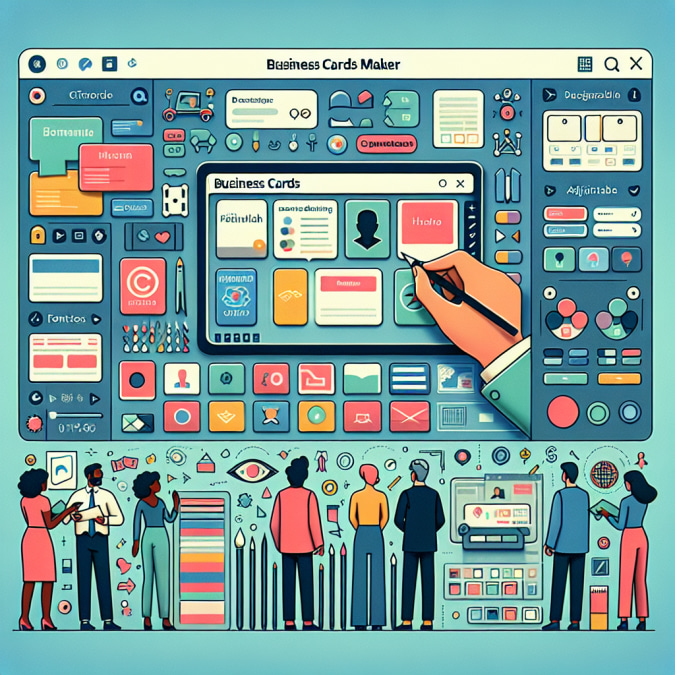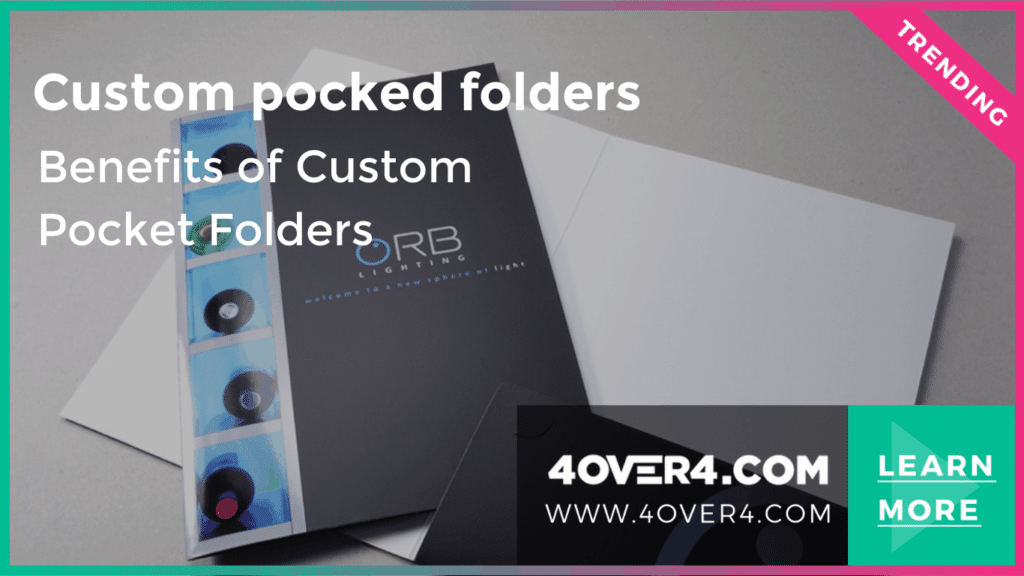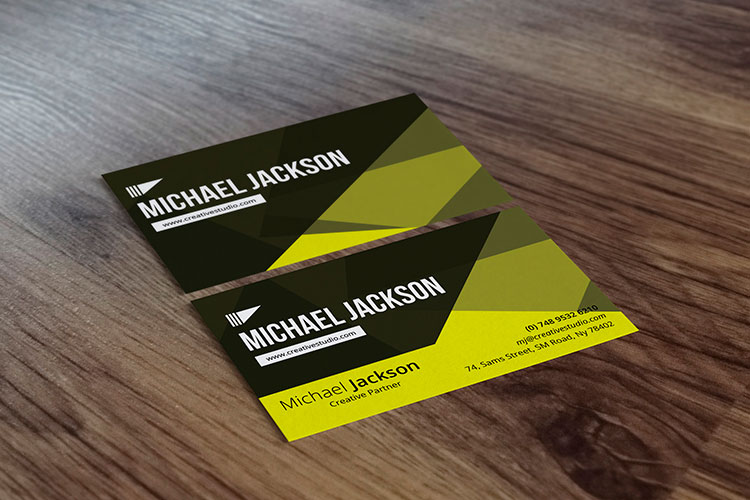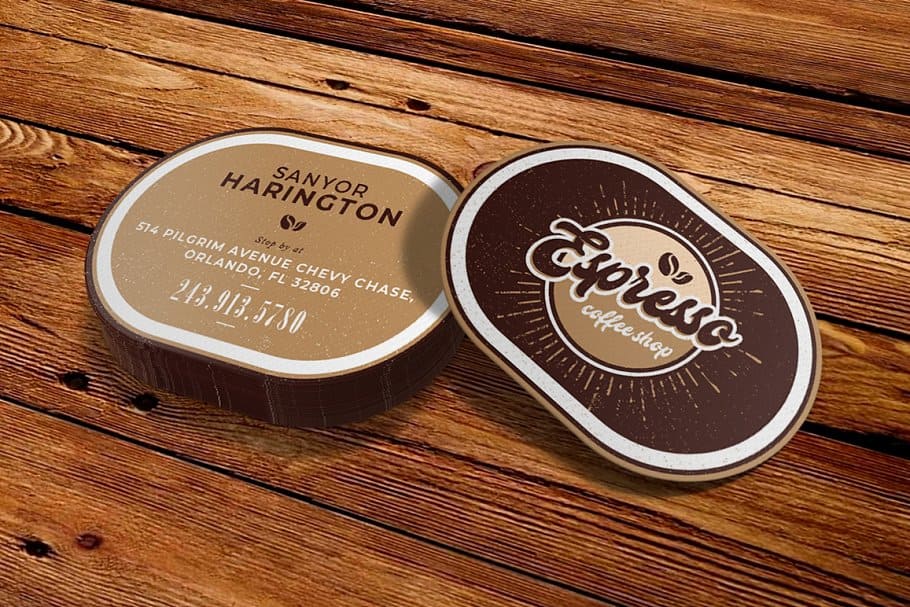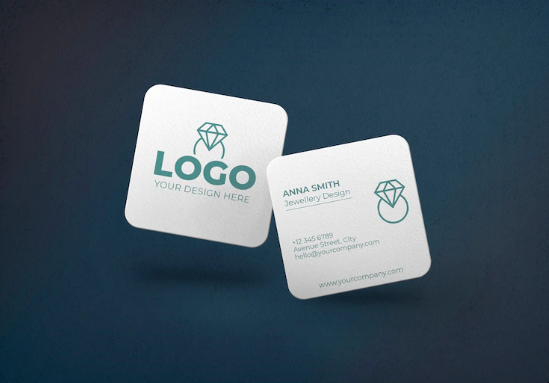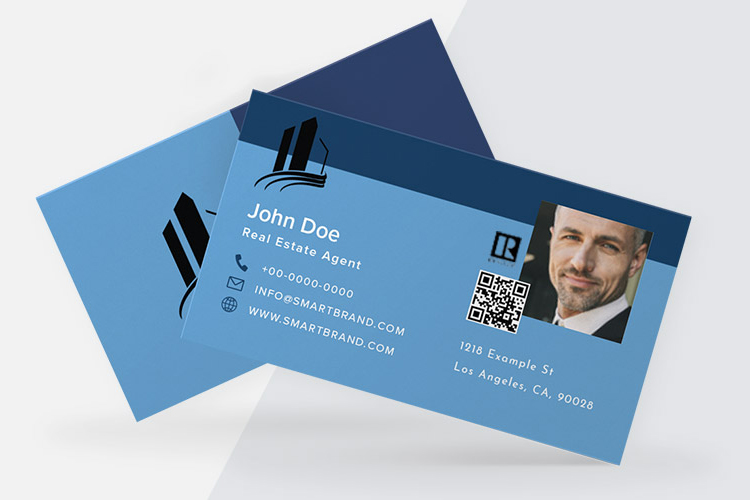- Products
- Shop By
- Products
- Shop By
TABLE OF CONTENTS
- Home
- stories
- lenticular printing guide to popular effects 4over4com
Lenticular Printing: Guide to Popular Effects | 4over4.com
Emma Davis
Content writer
Jul 27, 20242664 views
Jul 27, 20242664 views
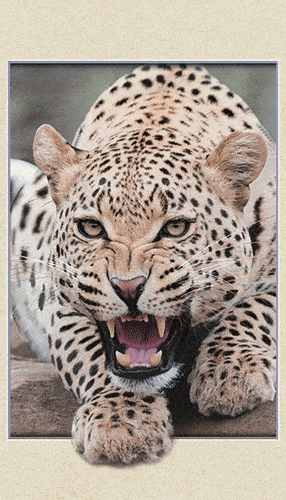
TABLE OF CONTENTS
Lenticular printing has been around for over a century, and it has greatly changed with new technology. It changes the printing landscape in many ways as it continues to grow. In this guide, you will learn about the basic terms, types, and different effects used in lenticular printing.
The Basics of Lenticular Printing
Lenticular printing relies greatly on the foundation of lenticular lenses, and the lenticular images they bear.
A lenticular image is created by combining two or more desired images to be used in the printing process. They are built using a thorough method called interlacing, where two or more images are divided into tiny strips. They are then combined as a single image through numerous specific arrangements. When partnered with the lenticular lenses, these varying arrangements shape how the desired effects are seen by the viewer.
For example, strips arranged horizontally will create different effects as opposed to the strips that are arranged vertically. The difference lies in the binocular disparity or the dissimilar image location of your eyes. Simply put, it affects how the images are seen individually by your left and right eye. This dictates the effect of the lenticular print.
By themselves, the lenticular images also control the effect. For example, different images are used when opting for the traditional lenticular printing effect called flipping. This is to show a sudden change in the images as needed.
However, for advanced effects like 3D printing, the image stays constant while the angles vary, creating the illusion of surface depth. By magnifying focal points and images, they also create the illusion of change, movement, or depth in their imagery.
When the desired effect is chosen and the lenticular images are processed, they are then printed for their intended purpose. From sports merchandises to business cards, lenticular prints have been in the spotlight. They graced the magazine cover of Rolling Stones and classic movie posters like Matrix and Species II.
Types of Lenticular Prints
Traditionally, lenticular prints are divided into three main categories depending on the angle variations required to change the images. They are as follows:
- Autostereoscopic prints – With this kind of lenticular printing, the images that are used only vary in tiny details. The small, subtle changes in the images cause a smoother, gradual view of the picture. Generally, these images are different angles of the same image so that it provides different views to individual eyes.
This triggers a visual illusion of depth called the 3D effect. When the 3D effect can finally be viewed without the use of additional equipment, there we have the autostereoscopy.
- Motion prints – Utilizing the “medium” spacing, motion prints specialize in creating an illusion of movement using different images. Mostly sequential images, they bear small differences with each other so the transition eases the view to the next image smoothly. This effect is used to create the animated motion effect, as well as the zoom and morph
- Transforming prints – This is the more known example of lenticular printing. Transforming prints use images that are much different from each other. The lenticular lenses it uses are also quite different as they allow for a larger angle change between images. In a sense, transforming prints are used so that viewers can see the drastic difference in images quickly and clearly.
Types of Lenticular Printing Effects
- 3D effect – This is one of the most famous lenticular printing effects out there. This particular effect specializes in giving new perspectives to common designs. Using stereoscopic prints, the 3D effect creates the visual illusion of depth and distance among the objects in the image.
There are two kinds of 3D effects in lenticular printing. The first kind is the layered 3D effect. In this, the individual objects in the images are separated in layers, creating the illusion of natural depth from the inside.
The second kind is the volumetric 3D. Although slightly more complex, this effect produces a kind of realism that is unparalleled by other techniques.
3D effects are highly versatile. They can be incorporated into most lenticular design styles and images. Proper focal points and color considerations play a large role in 3D effects. Bright imagery for the foreground and neutral colors in the background are highly recommended.
- Morph effect – Morphing effect is challenging to create, requiring a different level of skillset, equipment, and overall technical setup. First, you need two different images to combine. After choosing the images, you must create the morphing transition using complex programs and algorithms.
These transitions are then placed in between the two original images to show the flow of gradual change. Lastly, with the image conversion that transpired between the two images, the illusion of transformation or morphing is created.
Morphing works best when the images are similar in structure. Color, shape, and background affect the morphing. When the images are not similar enough, they produce an unfavorable effect called ghosting.
Ghosting happens when an image vaguely appears on top of the other because of their huge visual difference. If the images are structurally similar, then the morphing will be clean.
Morph effect is mostly seen in product promotions. It is often used in showing changes in features like in facial soaps and skin cream advertisements.

- Zoom effect – Another highly sophisticated effect, zoom effect, utilizes two illusionary movements. The leap-out effect with the zoom-in, and the jump-back effect using the zoom-out. It uses a series of compatible images, enlarging and shrinking on a single graphic as its focal point.
The Zoom effect can consist of multiple objects and even entirely different images. Lighter tones for the moving focal points and darker backgrounds allow for a great effect with zooming.
- Animation effect – Probably the most complex lenticular effect, animation effects are popular because of the quality it brings to the table. With animation effects, multiple frames of sequential shots are to be collected. These images need only vary slightly from the next so it can capture the full motion of the total action. Typically, the images that are used for this come from sequential still shots or master video frames.
Storytelling is important with animation effects. It shows a clear beginning and end to the motion, which works great when showing a passage of movement. When done correctly, the end product is similar to a very short movie clip.
- Flip effect – Probably one of the oldest effects in the lenticular printing scene, image flipping is undoubtedly a classic. Although one of the most common card effects, it is also traditionally the most powerful effect. Drastic changes are shown immediately as the contrast between two varying images is quite strong. It allows up to three individual images to be combined and viewed at different angles.
What it lacks in elegant transition, it makes up in speed and simplicity. Less is more for flip effects, and for optimal usage, only 2-3 images are mostly used for the effect. However, the images to be used can be up to 6 in maximum.
Although simple in nature, it is still one of the most effectively eye-catching and versatile techniques in lenticular printing. The ‘classic’ style it bears makes it easier for viewers to connect to it rather than standard business cards.
Flip effects utilize images with large viewing angles so the observer clearly sees the changes that are appearing and disappearing. It also helps avoid the ghosting of the images. It is mostly seen in ‘cause and effect’ or ‘before and after’ product advertisements.
- Combination effects – With all these effects available, combining them can create amazing results. One of the most notable combinations of these effects is the 3D lenticular flips. The visual depth and distance created by the 3D effect give the flip effect more emphasis. Combining effects enables a stimulating interaction between the print and the viewer.
Of course, these methods require skill and industry experience as the creation of effect combinations can be quite complicated. For example, there are 24 individual images to tend to when a 3-flip effect is added to a 3D effect. Compared to a standard flip effect with only 3 images this is a big difference.
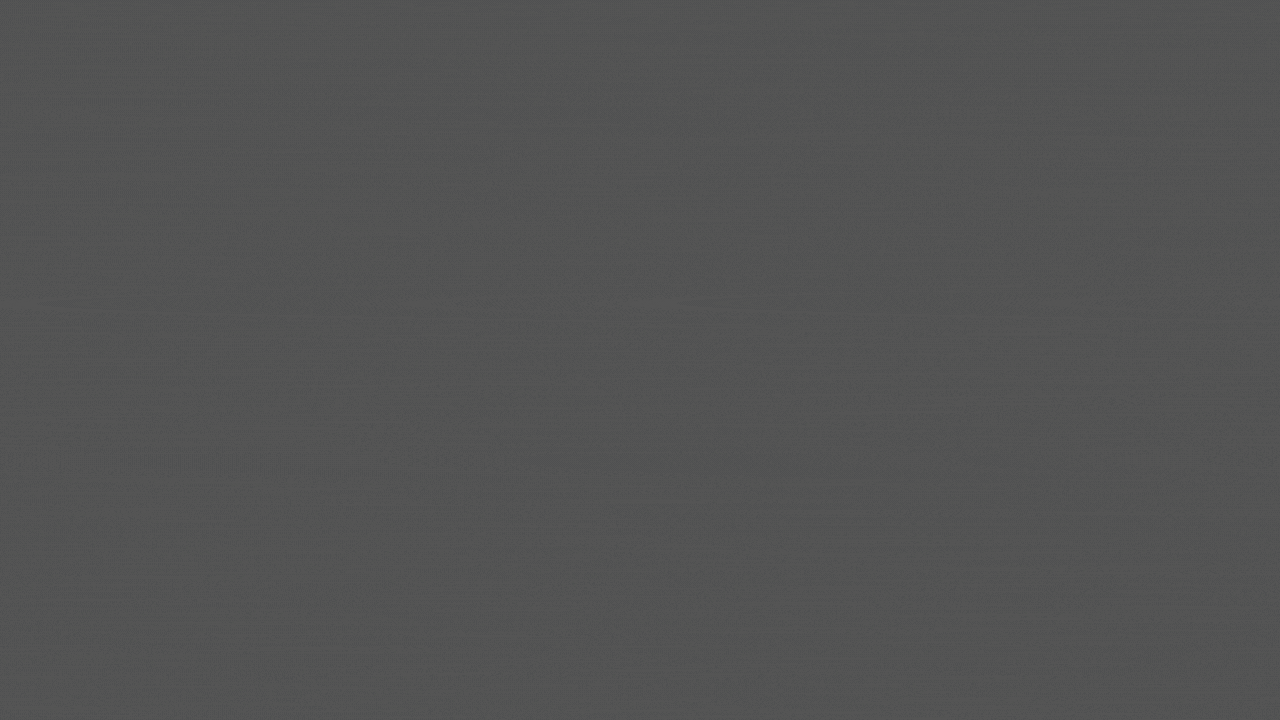
As 3D and flip are two of the most versatile effects, their seamless combination creates visually stunning and aesthetically pleasing designs. Some notable examples of this effect are 4OVER4.com’s 3D lenticular business cards and postcards. These business cards and postcards deliver visually balanced imagery while sending a clear message to its viewers.
Level up Your Marketing with Lenticular Printing
Here at 4OVER4.com, we allow customers to visualize the grandness of their desired design. We execute it with as much brilliance and elegance with lenticular printing that will surely make your audience remember you.
3D lenticular business card designs and postcards are available upon order within the site. More complex designs such as 3D + flip combinations, 3D + animation combinations, and even 5D depth effects are available on custom projects.
So what are you waiting for? Create stunning full color, marketing materials with us and level up your business today!
More from 4OVER4
3565
Whether you're an established business magnate or an emerging entrepreneur on the rise, one thing remains undeniable: <a href="https://www
Emma Davis
Jul 27, 2024
12121
People often overlook the importance of pocket folders in businesses. This is the world of digital media where LinkedIn and Google g
Jul 27, 2024
2712
A well-designed business card is important for making a memorable first impression. It represents your brand
Emma Davis
Jul 27, 2024
2204
A business card can help represent you professionally. These cards contain your contact info, job title, and company details. As a result, the
Matthew Prince
Jul 27, 2024
1687
New digital features have been introduced to business cards, making business connections more effective than they used to be. Technology has r
Matthew Prince
Jul 27, 2024
11644
First impression matters, especially when marketing your small business. An effective business card design will help you impress potential pro
Matthew Prince
Jul 26, 2024
